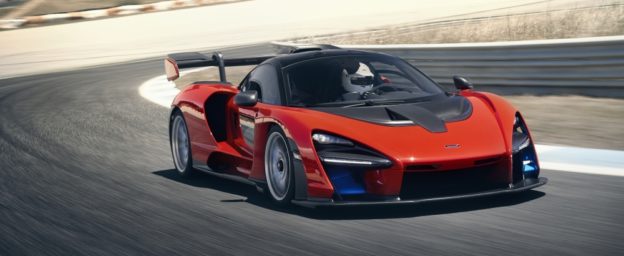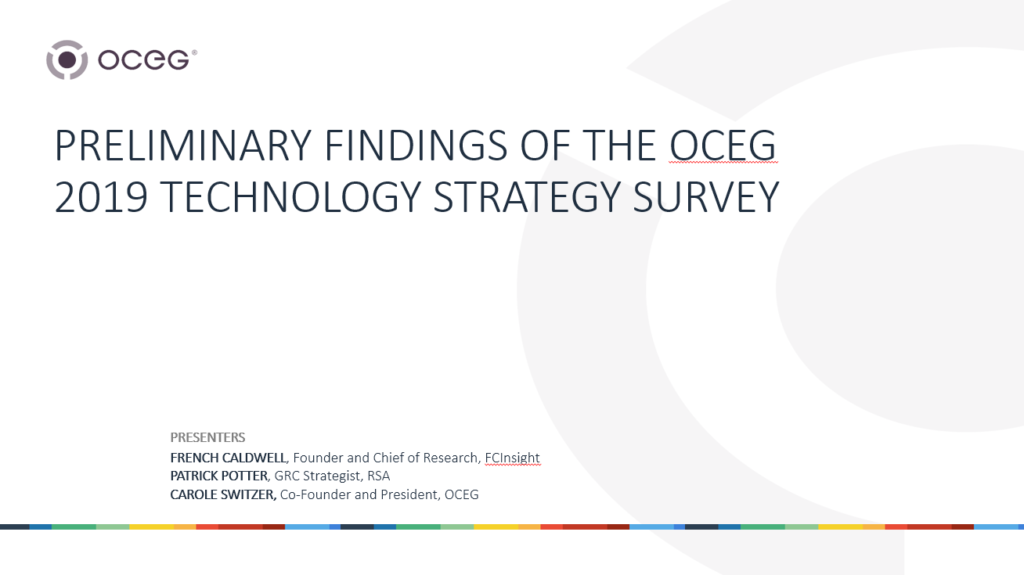Having just finished analyzing the data and writing the report on the triennial OCEG GRC technology strategy survey, I stepped into the family room to see that my wife was watching a recent episode of Amazon’s Grand Tour — the season 3 Mo’town Funk episode. Jeremy Clarkson was test driving this fantastic new McLaren Senna.
Many observers would credit the Senna’s 789-horsepower engine for its extraordinary acceleration, and they’d be right. However, maintaining high performance around a track requires much more than getting off the line quickly. Clarkson went on to demonstrate the many controls that enabled the McLaren to handle so well at stupendous speeds.
I had better brakes
One of the tests that Clarkson put to the McLaren was a braking test, which the automobile passed fantastically. Clarkson explained why braking was so important to performance, saying, “I was once in a 24-hour race in Silverstone driving a terrible old diesel BMW, and I could keep up with a super-charged Jaguar XKR, because I had better brakes.”
GRC is never far from my mind, and this Grand Tour episode led me to recall conversations that I’ve had many times with GRC professionals, consultants and vendors, and with my fellow analysts, where we all sagely agree that GRC is not really a technology, but rather a unifying concept or program. GRC brings together all those in the enterprise who are responsible for preserving integrity of the enterprise, ensuring adherence to laws, regulations, standards and contracts, protecting enterprise assets and brand, and ensuring that executives and employees have the risk and regulatory intelligence needed to make decisions to ensure stellar high performance.
All of this is true – but it is time to stop downplaying the role of GRC technology.
Stop downplaying the tech
Clarkson driving that McLaren Senna – the small human inside a vast technological wonder — is the perfect image for what our enterprises have become. Without incorporating automated controls into the design, Clarkson would not be able to manage the risks of driving a 789-horsepower machine, and the vehicle would spin out of control at the first curve.
As our enterprises, supply chains, and jobs all have become
more digital, we are surrounded by technology supporting everything we do – that
technology is continuously exchanging vast amounts of data and it’s making
everything move faster. To ensure that
our enterprises do not become uncontrollable at the first curve, automation is
required. Like Clarkson in the McLaren,
humans will still decide where to go and how fast, but we need GRC technology that
helps our executives and employees steer in the right direction, control the
speed and handle the curves.


